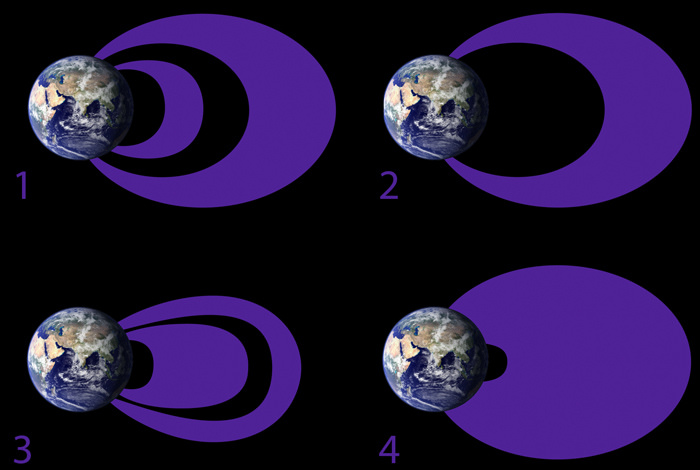This content has been archived. It may no longer be relevant

Findings could impact how we protect technology in space
LOS ALAMOS, N.M., Feb. 23, 2016—The shape of the two electron swarms 600 miles to more than 25,000 miles from the Earth’s surface, known as the Van Allen Belts, could be quite different than has been believed for decades, according to a new studyof data from NASA’s Van Allen Probes that was released Friday in the Journal of Geophysical Research.
“The shape of the belts is actually quite different depending on what type of electron you’re looking at,” said Geoff Reeves of Los Alamos National Laboratory’s Intelligence and Space Research Division and lead author on the study. “Electrons at different energy levels are distributed differently in these regions.”
Read the complete article courtesy of Los Alamos National Laboratory

